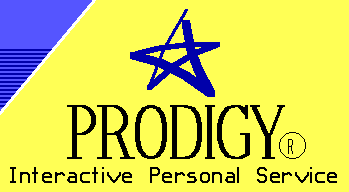Reverse Engineering Prodigy, Part 2
Friday, December 17th, 2021
[ Phillip Heller is a member of the Prodigy Preservation Project. Here, he writes about his progress since Part 1 in January. –Benj ]
Reverse engineering Prodigy is not without challenges. Though the patent describes the communications protocol and the TBOL language well, it lacks detail of the application protocols – that is, the communications between the Reception System and the server-side applications like Logon, Enrollment, Messaging, and so on.
The progress made last time was to implement the communications protocols and to get the reception system to think it was connecting to the server. Now, we need to move beyond that.
After several months on other projects, I’ve freed up some time, made some significant progress, including successful Reception System login, which I’ll detail below.







